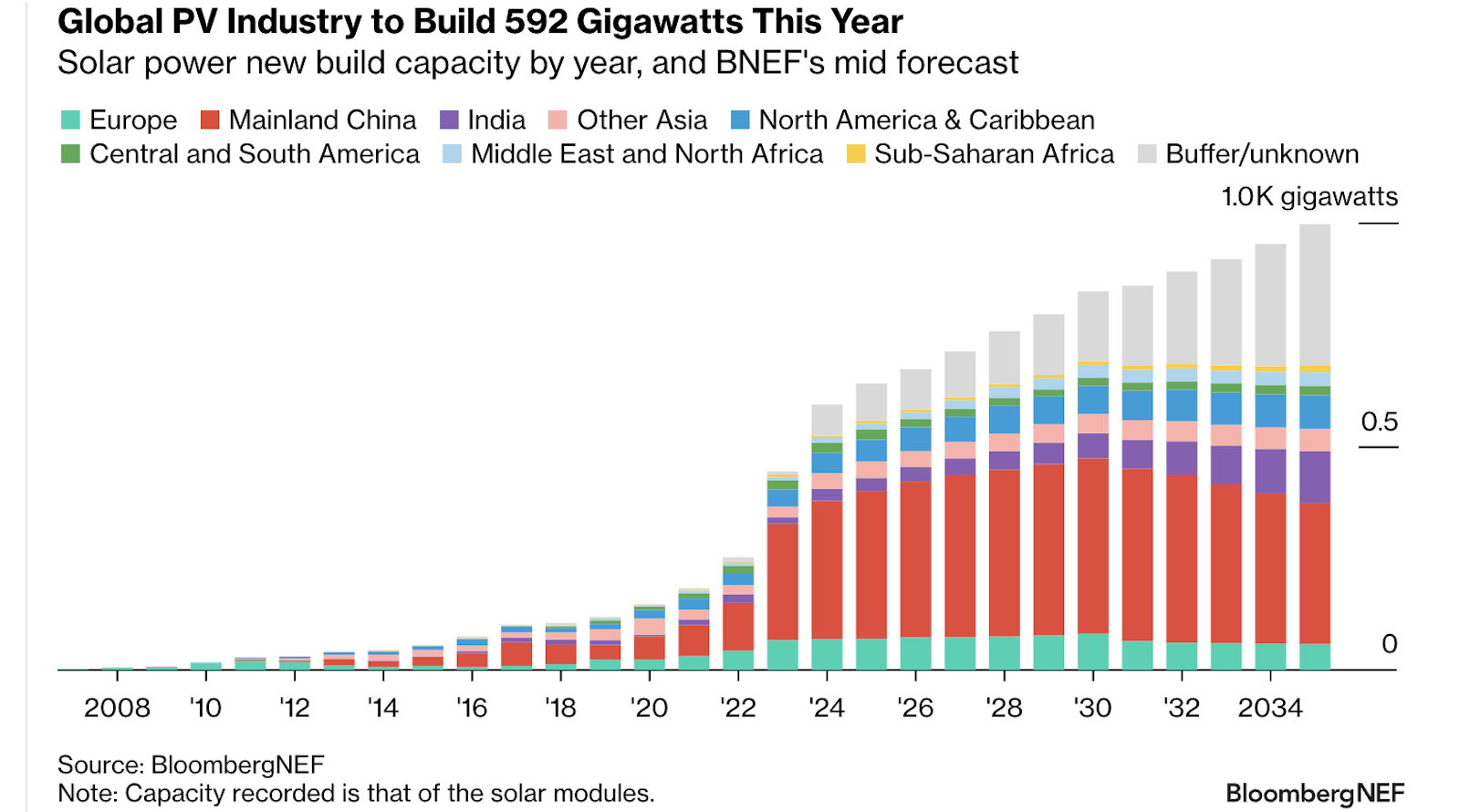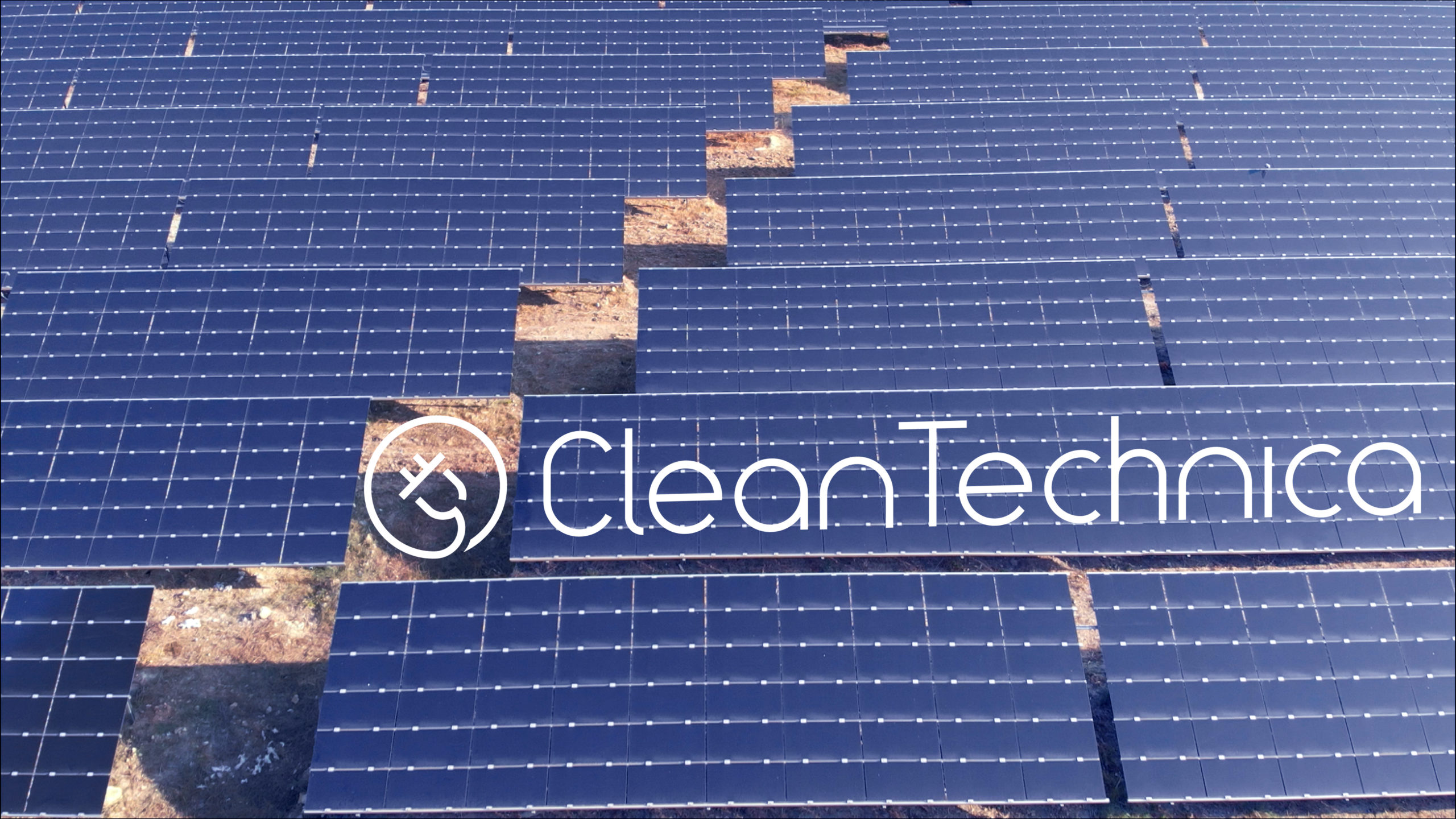
With climate change ramping up, some are asking if hydroelectricity and pumped hydro as a battery will be secure in the future. Will we have enough water when and where we need it? I recently wrote about the Wambo wind farm in Queensland, which is expected to be linked to the Borumba Dam to provide power for pumped hydro.
The Queensland government has committed $6 billion in the 2023–2024 budget to build the Borumba Pumped Hydro Project, subject to environmental approvals. Ultimately, the project is estimated to cost $14.2 billion and is the biggest single investment in Queensland’s energy infrastructure in decades. The project is a 2,000 megawatt (MW) pumped hydro energy storage facility at Lake Borumba, located near Imbil, 45 minutes southwest of Gympie.
Some are querying whether it will take too long to build out pumped hydro, and perhaps the money would be better spent on batteries. The weather used to be the last 5 minutes of the news. Now, in Australia, and I suspect around the world, it frequently makes the lead story. As coal-fired power stations close in Australia, there is a sense of urgency about their replacement. Investment in new, clean electricity supply is not happening fast enough.
Daniel Westerman, the head of the Australian Energy Market Operator (AEMO), says that investments are urgently needed in “firming” technologies — such as pumped hydro, batteries, and gas — to fill in the gaps when renewable energy is not available, with storage needing to expand by a factor of 30 by 2050. AEMO warns that two-thirds of coal generation could be gone within six and a half years. The more than 200 gigawatts of proposed future generation projects are facing headwinds from maxed out transmission line capacity, local community opposition, and supply chain and workforce constraints providing additional challenges.
The largest pumped hydro project in Australia is Snowy 2.0 — an extension of the original Snowy mountains scheme. “The Snowy Mountains Scheme, also known as the Snowy Hydro[1] or the Snowy scheme, is a hydroelectricity and irrigation complex in south-east Australia. Near the border of New South Wales and Victoria, the scheme consists of sixteen major dams; nine power stations; two pumping stations; and 225 kilometres (140 mi) of tunnels, pipelines and aqueducts that were constructed between 1949 and 1974. The Scheme was completed under the supervision of Chief Engineer, Sir William Hudson. It is the largest engineering project undertaken in Australia.[2][3][4]” It was mainly built by migrants from Southern and Eastern Europe who came to Australia after World War II. I went to school with their kids in the ’60s.
The Snowy 2.0 pumped hydro project in New South Wales was meant to be online by 2027 but is now predicted to not be available until 2029. It is also suffering from cost blowouts. Initially costed at AU$2 billion, it is now expected to cost closer to AU$6 billion. From the Snowy 2.0 information page:
“Snowy 2.0 is the largest committed renewable energy project in Australia. Snowy 2.0 will underpin the nation’s secure and stable transition to a low-carbon emissions future at the lowest cost for consumers. The project involves linking two existing dams, Tantangara and Talbingo, through 27km of tunnels and building a new underground power station.
“Water will be pumped to the upper dam when there is surplus renewable energy production and the demand for energy is low, and then released back to the lower dam to generate energy when electricity demand is high. It will provide flexible, on-demand power while reusing or ‘recycling’ the water in a closed loop and maximise the efficiency of renewables by using excess solar and wind energy to pump water to the higher dam, to be stored for later use.
“Snowy 2.0 will provide an additional 2,000 megawatts of dispatchable, on-demand generating capacity and approximately 350,000 megawatt hours of large-scale storage to the National Electricity Market. To provide context, this is enough energy storage to power three million homes over the course of a week.”
Australia has already passed the 1.5 degree threshold, and rainfall has become erratic. The Bureau of Meteorology is finding it more difficult to forecast, and we seem to get either too much (floods) or too little (droughts) — even more than usual in this land of extremes. In this time of uncertainty, is pumped hydro the answer to baseload power needs, or should we look at distributed batteries? Battery costs seem to be coming down, and the costs of building dams and connecting links are going up. A battery energy storage system (BESS) can be configured for more flexibility, pumped hydro cannot. For a much more detailed analysis, see here.
Rystad Energy predicts that global BESS installations will surpass 400 GWh a year in 2030, which would be 10 times more than current annual installation capacity. Can the need for backup electricity may be managed by batteries alone?
Let’s compare Australia’s situation with Europe’s. The World Meteorological Report 2022 makes the following point: “Climate change is taking a major human, economic and environmental toll in Europe, the fastest-warming continent of the world. The year 2022 was marked by extreme heat, drought and wildfires. Sea surface temperatures around Europe reached new highs, accompanied by marine heatwaves.
“It shows how Europe has been warming twice as much as the global average since the 1980s, with far-reaching impacts on the region’s socio-economic fabric and ecosystems. In 2022, Europe was approximately 2.3°C above the pre-industrial (1850–1900) average used as a baseline for the Paris Agreement on climate change.”
The USA, Switzerland, and France are looking at their options as they face longer and more frequent droughts. France generates more than 10% of its electricity from hydro. Hotter, dryer weather and less frequent snowfall is having an impact. Switzerland produces 68% of its electricity from hydro and is watching glaciers retreat and snow disappear from mountains less than 2000 meters high. In the US, mega-dams like Hoover Dam are almost dry. In our dryer, hotter future, can we depend on pumped hydro?
Europe has a much longer history with dams than Australia does. If countries there are reconsidering their options, so should we.
Australia’s electricity costs are being affected by ballooning gas prices on the global market. If pumped hydro can operate at peak times, pushing gas out of the market and reducing costs, then it would be worth using. Batteries are looking to supply the market for 1 to 2 hours, whereas gas is looking at the 4+ hours market. Pumped hydro could compete with that.
Perhaps it’s not an either/or choice. If we can have pumped hydro and batteries, why not both. I remember watching An Inconvenient Truth, where Al Gore used a wooden model to show that we could stack up slices of renewable energy input to create a whole. It will come down to cost and effectiveness. Due to the long build time of pumped hydro projects, it may be some time before we see the benefits.
Sign up for daily news updates from CleanTechnica on email. Or follow us on Google News!
Have a tip for CleanTechnica, want to advertise, or want to suggest a guest for our CleanTech Talk podcast? Contact us here.
Former Tesla Battery Expert Leading Lyten Into New Lithium-Sulfur Battery Era — Podcast:
I don’t like paywalls. You don’t like paywalls. Who likes paywalls? Here at CleanTechnica, we implemented a limited paywall for a while, but it always felt wrong — and it was always tough to decide what we should put behind there. In theory, your most exclusive and best content goes behind a paywall. But then fewer people read it! We just don’t like paywalls, and so we’ve decided to ditch ours. Unfortunately, the media business is still a tough, cut-throat business with tiny margins. It’s a never-ending Olympic challenge to stay above water or even perhaps — gasp — grow. So …




